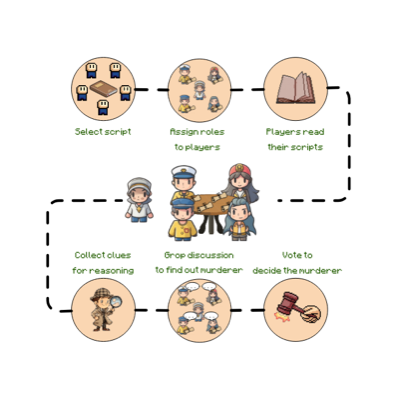
LLMs and Agents
In this research direction, we aim to develop algorithms and systems for Large Language Models and AI Agents.
read more
NLP for Materials Science
In this research project, we aim to develop effective NLP techniques for materials discovery.
read more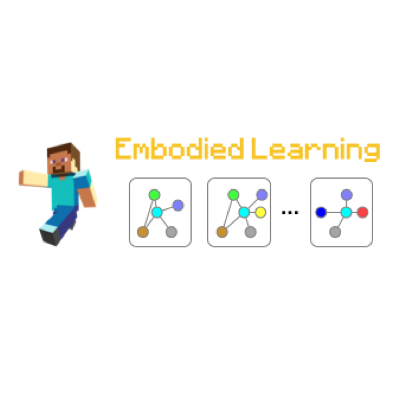
Embodied learning
In this research direction, we aim to develop LLM-based sysmtes to solve multimodal and embodied learning tasks.
read more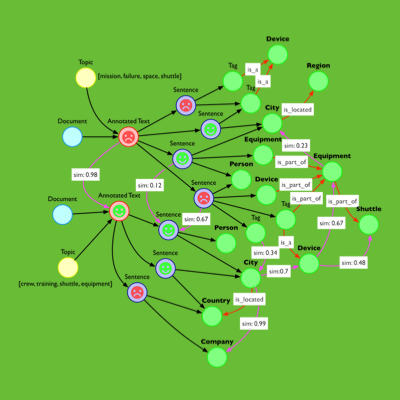
Graph-based NLP
This project aims to develop efficient graph representation, learning, and reasoning techniques for NLP tasks.
read more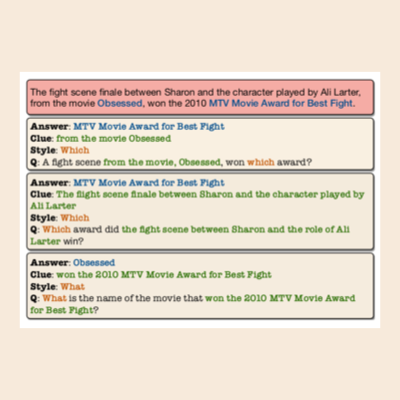
Question Generation
This project aims to develop efficient algorithms and techniques for question generation and question answering.
read more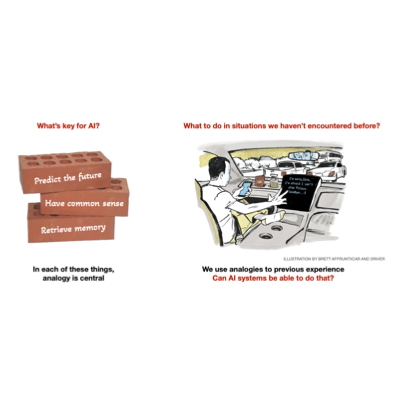
Causal and Analogical AI
In this research direction, we want to explore the key roles that causality and analogy play in NLP and machine intelligence.
read more
Concepts and Knowledge
This project focuses on Taxonomy/Ontology/Knowledge Graph construction and expansion.
read more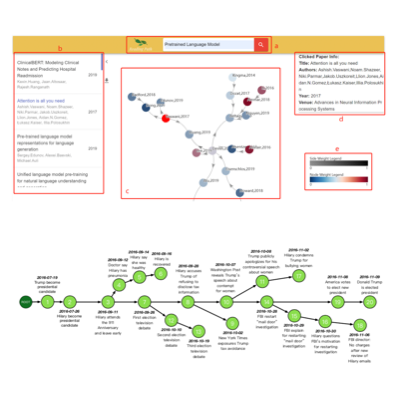
Document Intelligence
The general goal of this project is to develop document-grounded NLP systems to cope with real-world usage scenarios.
read more
Spatial Data Analysis
This project is about spatial data analysis and recovery. We perform spatial recovery based on partial aggregated observations.
read more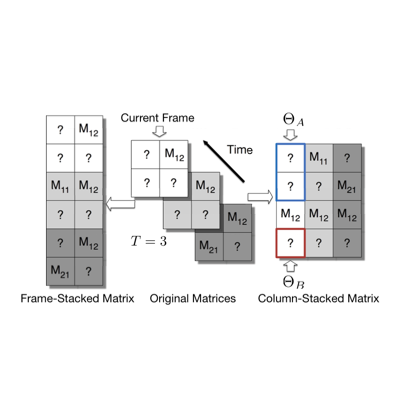
Internet Latency Prediction
This project collected network latency data from the Seattle platform and developed new algorithms for network latency prediction.
read more